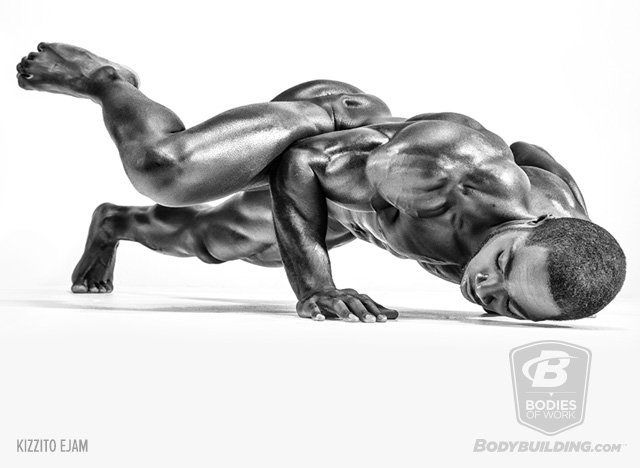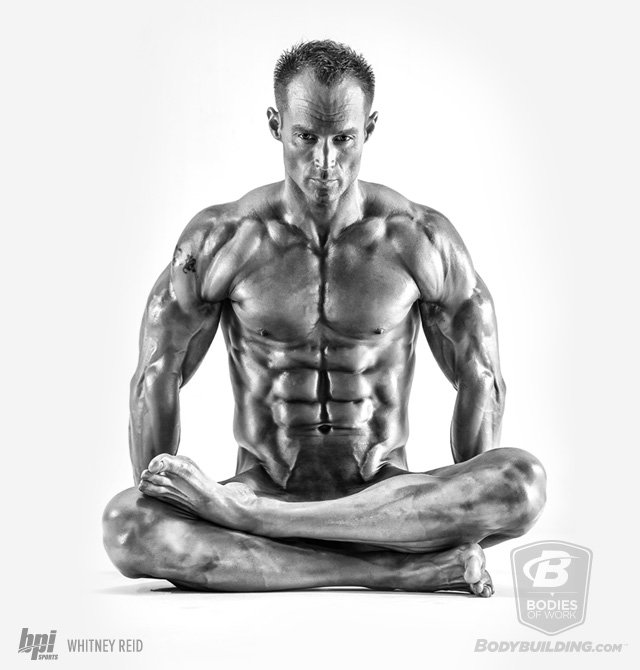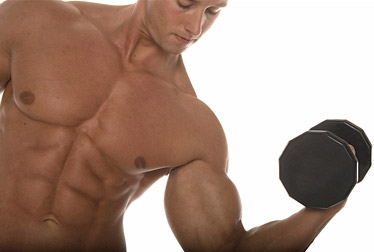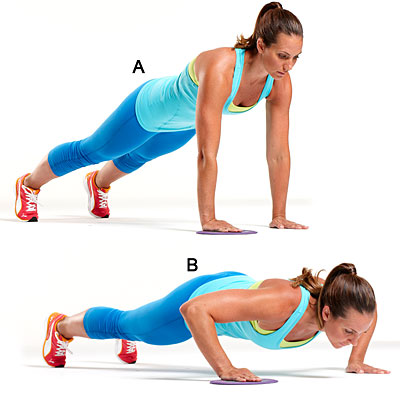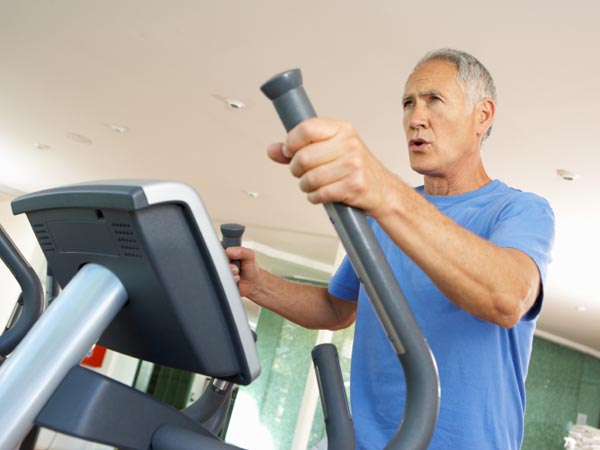1. Strive for progress, not perfection.
-Unknown
2. You want me to do something... tell me I can't do it.
-Maya Angelou
3. You miss 100% of the shots you don't take.
-Wayne Gretzky
4. If you don’t make mistakes, you aren’t really trying.
-Unknown
5. You live longer once you realize that any time spent being unhappy is wasted.
-Ruth E. Renkl
6. Strength does not come from physical capacity. It comes from an indomitable will.
-Mahatma Gandhi
7. Motivation will almost always beat mere talent.
-Norman R. Augustine
8. I'd rather be a failure at something I enjoy than a success at something I hate.
-George Burns
9. Energy and persistence conquer all things.
-Benjamin Franklin
10. Nothing great was ever achieved without enthusiasm.
-Ralph Waldo Emerson
11. No act of kindness, however small, is ever wasted.
-Aesop
12. Insanity: doing the same thing over and over again and expecting different results.
-Albert Einstein
13. Ability is what you're capable of doing. Motivation determines what you do. Attitude determines how well you do it.
-Lou Holtz
14. Motivation is what gets you started. Habit is what keeps you going.
-Jim Ryan
15. I've missed more than 9,000 shots in my career. I've lost almost 300 games. 26 times, I've been trusted to take the game winning shot and missed. I've failed over and over and over again in my life. And that is why I succeed.
-Michael Jordan
16. Fear is what stops you... courages is what keeps you going.
-Unknown
17. The finish line is just the beginning of a whole new race.
-Unknown
18. The difference between a goal and a dream is a deadline.
-Steve Smith
19. Just do it.™ -Nike
20. In seeking happiness for others, you find it for yourself.
-Anonymous
21. The secret of getting ahead is getting started.
-Mark Twain
22. It's not who you are that holds you back, it’s who you think you’re not.
-Anonymous
23. Luck is a matter of preparation meeting opportunity.
-Oprah Winfrey
24. It's never too late to become what you might have been.
-George Eliot
25. Clear your mind of can’t.
-Samuel Johnson

















